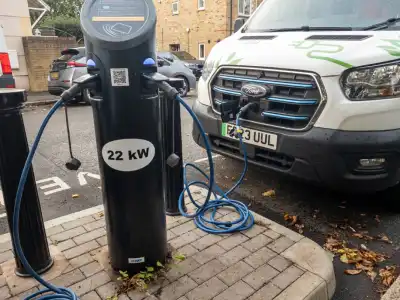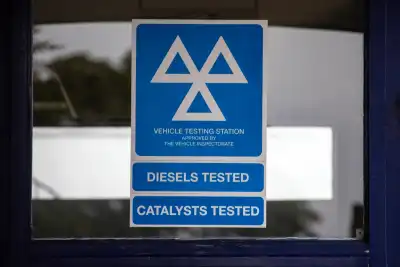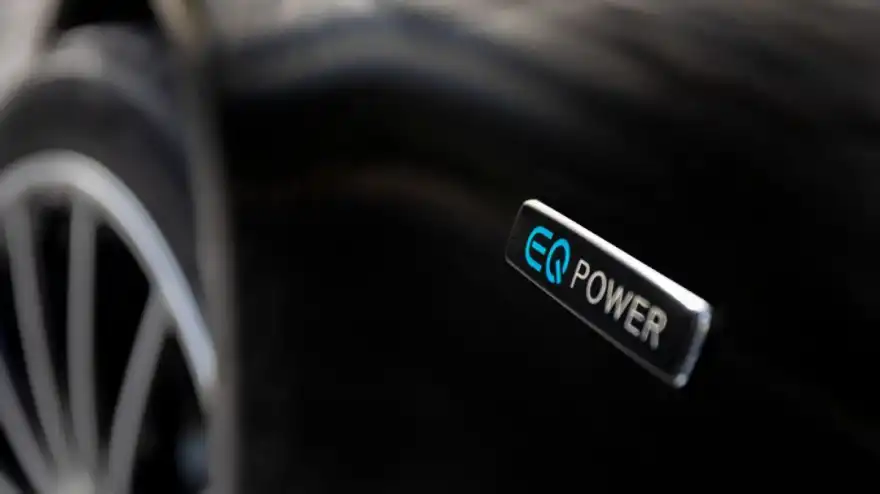
A hybrid car uses two sources of power to work efficiently, most commonly petrol and electricity. Not all hybrids are built equally though, and some hybrids are more efficient than others. So to answer the question ‘do hybrid cars need to be charged?’ you must first identify which type of hybrid you are referring to…
Mild Hybrids
Mild Hybrid cars do not need to be charged. Mild hybrid cars only have small electric generators and small batteries, they are able to charge themselves while driving around and the owner doesn’t need to go out of their way to top the battery levels up

Standard Hybrids
A standard Hybrid will operate much like a regular petrol car. The only notable difference is that the onboard battery will recharge itself while driving on engine power or through regenerative braking.
Plug-In Hybrids
Plug-In Hybrid cars differ from standard hybrids because they have larger onboard batteries capable of covering a greater distance while using electricity only. For this reason, they can be charged via a wall box or public charging point. Charging via a cable isn’t entirely necessary, however, it allows the owner to get the most efficiency out of the vehicle. If you were to never charge the vehicle it would still be self-charging, however, this is not particularly efficient and you wouldn’t get near the sustainability potential of the vehicle.
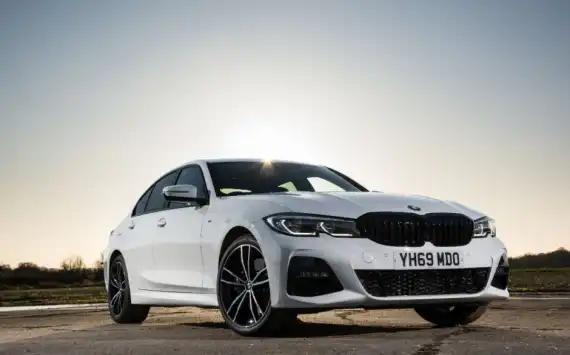
What is a Self Charging Hybrid?
Technically, all hybrid cars on the market are self-charging to some degree, but the term is most commonly attributed to ‘Standard’ Hybrids, as opposed to Plug-In Hybrids. This is because Standard Hybrids are exclusively self-charging, whereas Plug-Ins can be plugged in - even though they are capable of charging themselves.
Standard Hybrids use a combination of engine power and regenerative braking to top up their onboard battery, and they don’t have the ability to be plugged into a charging point.
An electric motor operates in two directions; forward to move the car forward, and then backwards to recharge the battery. Regenerative braking is when the direction of rotation changes under braking and the cars kinetic energy is harnessed and used to recharge the onboard battery.
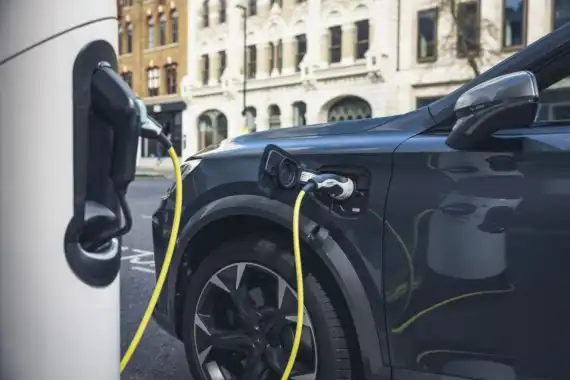
Regenerative braking doesn’t just occur under braking though, with a lot of hybrid vehicles the regenerative braking begins as soon as you let off the accelerator and begin to coast. This then starts to slow the car down anyway, but the rate at which the car is slowed down can often be manually adjusted, depending on the vehicle make and model.
The term self-charging hybrid is used in an effort to convince hybrid-sceptics that owning a hybrid vehicle isn’t particularly daunting. The only difference between living with a self-charging hybrid and living with a regular petrol car is that you don’t have to visit the fuel station as often.
There’s no faffing around with charging and there is no range anxiety, thanks to the combustion engine, so it really is a seamless transition.


